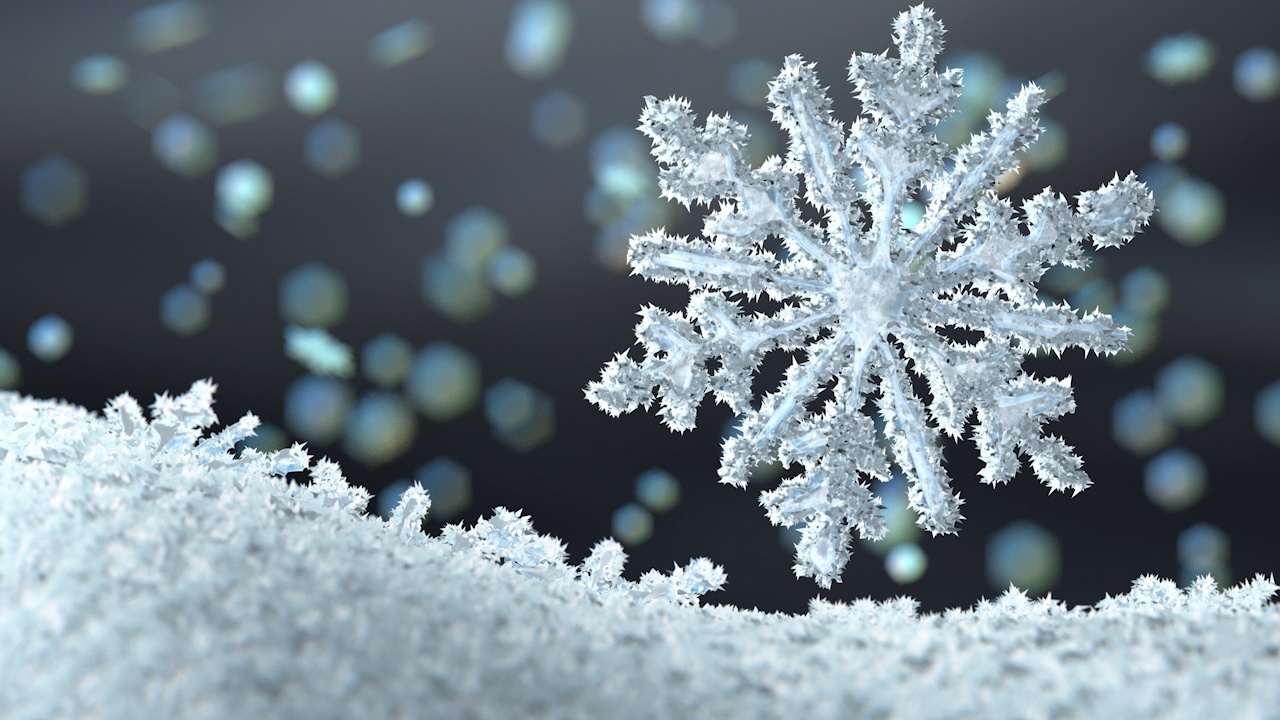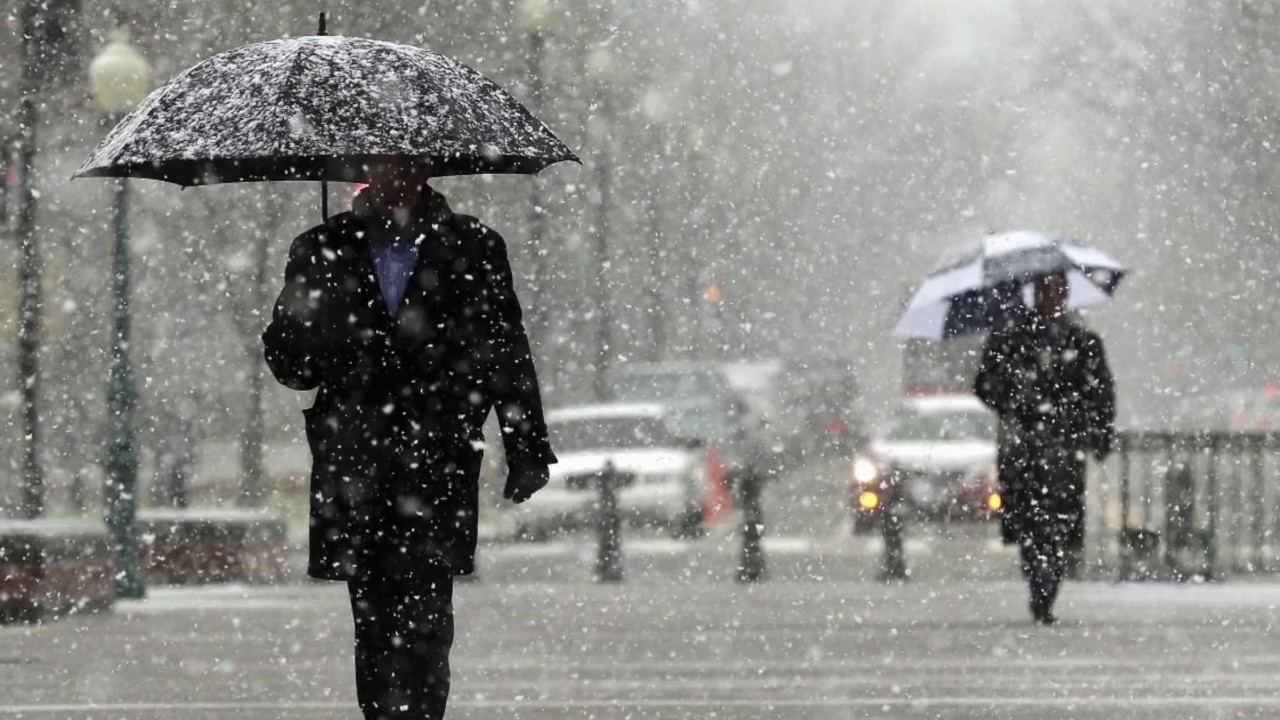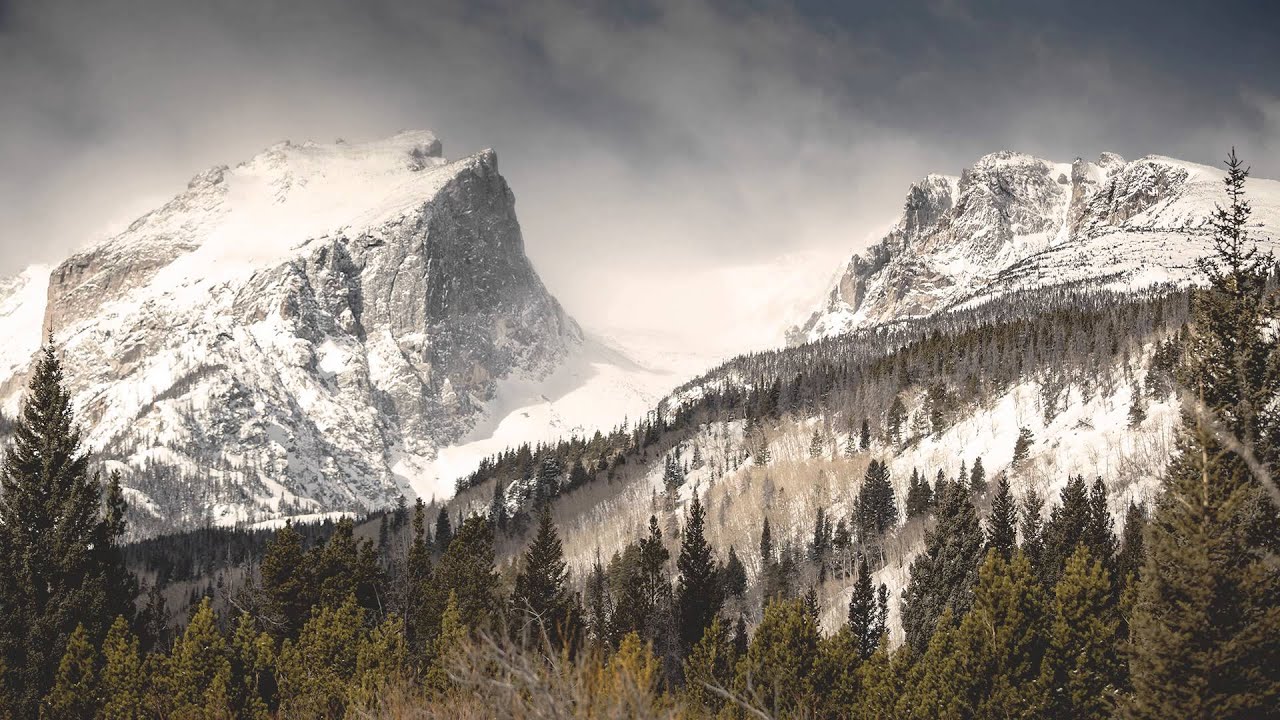We all love the snow that falls during the winter months and turns our environment into a fairy tale land. Have you ever wondered how snow is formed? Snow formation is similar to rain formation, but snow crystals appear due to the temperature difference between them. Let’s take a closer look at the curious questions such as how snowfall occurs and what are its types.
Our country has one of the rare geographical regions in the world where all four seasons are experienced. We can experience both scorching heat and freezing cold in the same city. The snow falling in the cold winter seasons is loved by almost everyone because it turns our environment into a fairy tale land. Well it’s not too cold, we only meet in cold weather how does snowfall occur Have you ever wondered?
Snowfall is a weather phenomenon that occurs similarly to rain. The main difference between them is the heat to which they are exposed. Water vapor, which forms droplets in the clouds, falls on our Earth as precipitation, just as it encounters heat while falling down. So snow is Earth of the water cycle is part of it. How does snowfall occur, what are its types? Let’s take a closer look at the frequently asked questions.
How does snowfall occur, what are its types?
How does snowfall occur?
The oceans, seas, lakes, rivers and even moisture in the soil evaporate in different densities with the effect of heat. The water vapor formed rises upwards. The dust and microscopic particles in the clouds that encounter the rising water vapor trap this vapor. The trapped vapor coalesces over time and forms droplets around these parts.
Up to this point, the rain formation process and the snow formation process are the same. The difference between them is determined by the temperature of the cloud. If the temperature of the cloud, where water vapor starts to accumulate as droplets, is higher than 0 degrees, it rains. However, if the temperature of this cloud is lower than 0 degrees, the droplets freeze and snowfall occurs.
Droplets of water vapor accumulated in a cloud colder than 0 degrees, crystallize as they freeze. At the end of this crystallization process, we all admire It consists of unique snowflake shapes. However, another reason that determines the shapes of these crystals and the types of snowfall is the heat value of the air currents that the droplets are exposed to while falling.
What are the types of snow?
- dry snow
- wet snow
- Sleet
- Full

Dry snow:
Dry snow is like dust. It does not stick to any place during precipitation and the human eye sees it. sees it as dust particles floating in the air. Dry snow occurs in areas with temperatures well below 0 degrees Celsius. Dry snow occurs when all the liquid in the snowflakes freezes. So it freezes so much that it eventually dries up. Since it does not contain liquid, it is light and non-sticky. It is the skiers’ favorite type of snow.
Wet snow:
Wet snow is the type of snow that falls on large areas with no trees or structures around. in snowflakes because not all of the water is frozen It contains some liquid. Wet snow is the most feared type of snow. Because when it falls on highways and railways, it quickly sticks and causes accumulations. It makes air transportation impossible due to its fast-adhering structure.
Sleet:
Sleet is also a type of wet snow than wet snow. It generally rains in regions where the temperature varies between 1 and 3 degrees. Sleet, also called sleet, is extremely dangerous. Because it tends to turn into ice quickly. When the air temperature remains constant it disappears easily, but as soon as the weather gets cold, it will create a big problem on railways and highways.
Full:
The water vapor that touches the cloud becomes a droplet, and after it freezes, it falls when it reaches the point where the cloud can no longer carry it. As it falls, it liquefies when it encounters a warm air stream, and freezes again when it encounters a cold air stream. Request The ice mass formed as a result of the melting and freezing of the snow crystal is full. According to the frequency of these air currents, frightening hail precipitation can be seen.
Causes of snowfall:

Snowfall, like rain, is a natural consequence of our Earth’s water cycle. All of the water resources on Earth evaporate and rise at different intensities under the influence of heat. The rising water vapor forms droplets and it freezes depending on the temperature of the cloud. Those that freeze down form snowfall, and those that fall as liquid form rain precipitation.
The formation of snow types or the emergence of snowfall densities is related to the temperature of that region. Snowflake falling from the cloud below 0 degrees, As it encounters an air current, it falls to the earth in the same way. Especially on high hills, snowfall is high due to the widespread cold air flow. A similar situation creates different types of snowfall in regions where hot and cold airflow are complex.
Of course, if there is a definite reason for snowfall, it is cold weather. no matter how cold the cloud is Or, no matter how frozen the droplet is, when it falls from the cloud, if it encounters an air flow with a high temperature value, it melts and even disappears.
Some of the places with the most snowfall in the world:

- An average of 6.6 meters of snow falls per year on Mount Washington, located in the New Hampshire region of the United States.
- An average of 9.6 meters of snow falls per year in the Chamonix region in France.
- The Nagano region in Japan receives an average of 11 meters of snow per year.
- An average of 12 meters of snow falls per year on Mount Kirkwood, located in the California region of the United States.
- The town of Alyeska, located in the Alaska region of the United States, receives an average of 13 meters of snow per year.
- The Alta Ski Area in the Utah region of the United States receives an average of 13.3 meters of snow per year.
- An average of 15 meters of snow falls per year in Glacier National Park in Canada.
- The Niseko region in Japan receives an average of 15 meters of snow per year.
- An average of 17 meters of snow falls per year in Mount Rainier National Park, located in the Washington region of the United States.
Here are some of the most rainy places in the world. Of course, all these snowfall rates change annually. At the same time, record snowfalls are seen from time to time even in regions not on this list due to global climate changes. Snowfall rates are evaluated on an annual average, but Since it is a situation dependent on the air temperature, sometimes even the regions with the most snowfall can have daily sunshades.
It turns our environment into a fairy tale land by appearing in the winter months. how does snowfall occur, what are its types, what causes landfall We talked about important details you need to know about the subject by answering frequently asked questions. Snowfall is a blessing for many cultures, even if it has troubling consequences at times.
